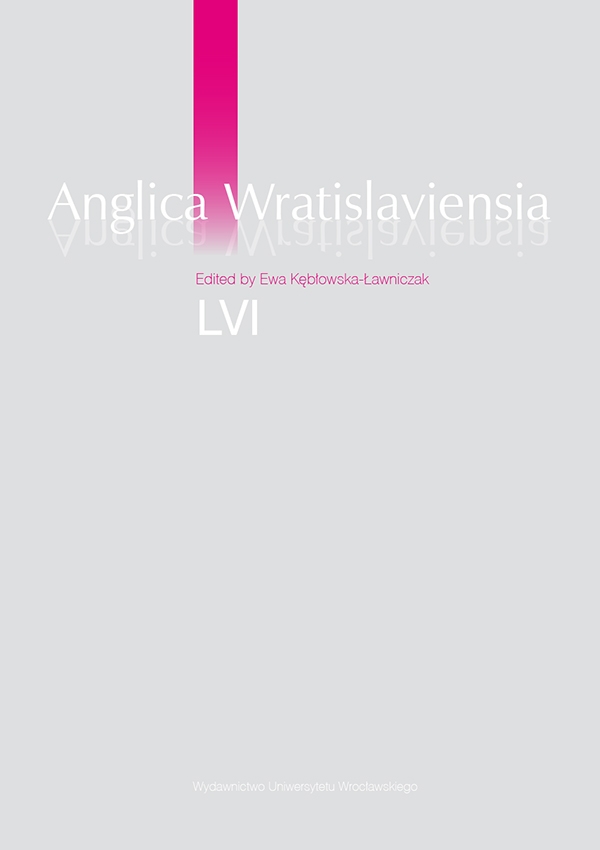

Linguistics

In this survey of the Hobongan lexical items, I identify patterns in the Hobongan understanding of measurement and quantification. In Hobongan, there are many terms for measurements, usually some form of estimation. Hobongan has a four-based counting system, and those forms are used to estimate one is one or hardly any, and four is quite a lot and function as articles in sentences. Hobongan has also borrowed more counting terms and has the lexical items necessary for precise quantification, but those quantifications are used primarily within certain domains, such as determining what they should be paid for gold that has been mined or what should be paid in fines after legal judgments. Estimates of measurements can reference common objects, such as segments of bamboo or the height of a standing human. Perhaps the richest aspect of the system is that of measurement, in which terms that provide ways to estimate temperatures, magnitudes, and other amounts can indicate the ways in which the Hobongan make estimates from contextual information and apply the terms in use. In Hobongan, measurements in the form of estimates are primary and obligatory. Quantification with numbers is exclusively a type of symbolic and symbolized reasoning that must be combined with the estimate terms in order to be acceptable and functional.